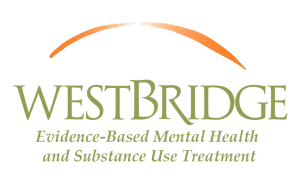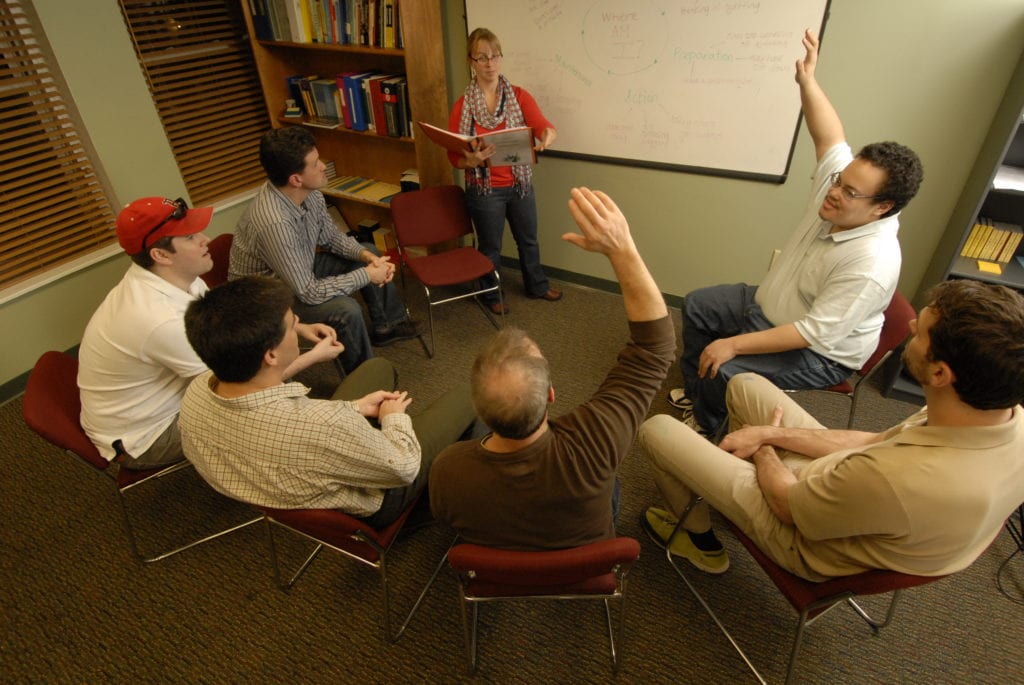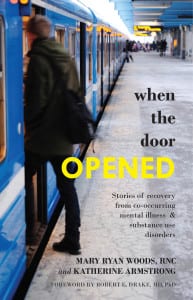Stories of Recovery from Co-Occurring Mental Illness and Substance Use Disorders
By WestBridge’s former CEO, Mary Woods, RNC, and co-author Katherine Armstrong
When the Door Opened, a collection of authentic stories of twelve men who have experienced treatment and recovery from co-occurring mental illness and substance use disorders. WestBridge’s former CEO, Mary Woods, RNC, and co-author Katherine Armstrong interviewed current and past participants from WestBridge. Based on their dialogue, each chapter in the book shares the raw memories and candid reflections of one man’s journey.
Co-occurring mental illness and substance use disorders are brain diseases that affect individuals, families, and communities regardless of socio-economic status, ethnicity, or upbringing. There is no magic bullet for these chronic illnesses, but there are effective treatments through which recovery is achieved.
“We speak an inherently different language. The difficult part is to learn how to stop speaking the easy language—the one that’s familiar to us—and to learn the world’s language so we can communicate with the rest of humanity,” says “Steven”, a treatment participant and interviewee.
The fundamental goal of this book, in giving voice to authentic accounts, is to decrease the misconceptions and stigma faced by individuals in recovery from mental illness and substance use disorders.
“As the personal accounts in this volume demonstrate, evidence-based care and integrated treatment can save lives,” states the Director of the Dartmouth Psychiatric Research Center, Robert E. Drake, MD, PhD, in his foreword.
Copies of When the Door Opened are available or Amazon.com.








